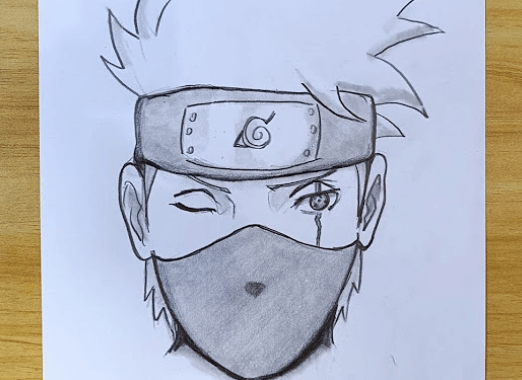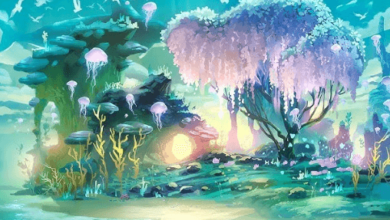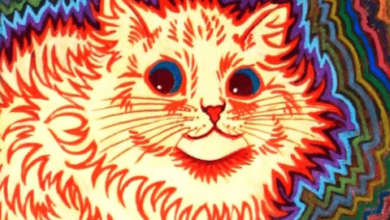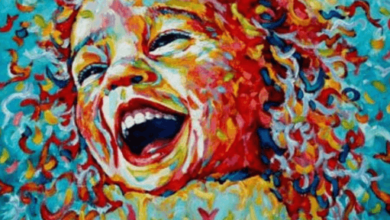Drawing:Pyijjzwn5wa= Naruto

The art of drawing Naruto presents a unique opportunity to engage with a rich tapestry of character design that marries traditional Japanese influences with contemporary manga aesthetics. By examining the intricacies of character proportions and distinctive silhouettes, one can gain insights into enhancing both individuality and visual impact. Furthermore, the application of techniques that emphasize dynamic poses not only animates these characters but also communicates their emotional depth. As we explore the essential components of this artistic style, the question arises: what specific techniques can elevate your own interpretation of Naruto’s vibrant world?
Understanding Naruto’s Art Style
The art style of Naruto captivates viewers with its dynamic character designs and vivid landscapes, seamlessly blending traditional Japanese influences with modern manga aesthetics.
Color symbolism enriches the narrative elements, conveying emotional depth and character growth. Bold hues represent determination and freedom, while softer tones evoke vulnerability.
This visual storytelling captivates audiences, inviting them to explore the vibrant world and its multifaceted characters.
See also: Drawing:Plcxcsjeqpq= Mushroom
Mastering Character Proportions
Achieving mastery in character proportions is essential for artists seeking to capture the unique essence of Naruto’s diverse cast, where each figure embodies distinct personality traits and emotional narratives through deliberate scaling and anatomical accuracy.
Understanding character height informs the overall silhouette, while attention to facial features enhances individuality.
This careful balance creates compelling characters that resonate, inviting freedom of expression and creativity in every sketch.
Techniques for Dynamic Poses
Capturing the essence of movement in Naruto’s characters requires a keen understanding of dynamic poses that convey energy, emotion, and intent, allowing each figure to leap off the page with vitality and authenticity.
Employing action lines enhances movement flow, guiding the eye through the scene.
Emphasizing exaggerated angles and body language breathes life into each character, showcasing their relentless spirit and determination.
Conclusion
In conclusion, the artistry of Naruto transcends mere illustration, embodying a vibrant fusion of traditional and contemporary influences.
While some may argue that dynamic poses risk overshadowing character depth, the effective use of action lines and exaggerated angles can simultaneously enhance emotional expression and narrative engagement.
By mastering character proportions and embracing a vivid color palette, artists can create compelling visuals that resonate with audiences, capturing the essence of the Naruto universe and inviting continual exploration within its dynamic realm.




